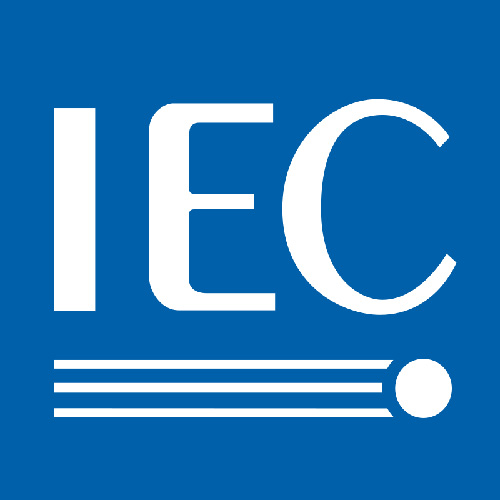Enamelled copper wire is a critical component in various industries, including electronics, automotive, telecommunications, and more. Its versatility, electrical conductivity, and corrosion resistance make it an ideal choice for applications ranging from transformers and motors to intricate circuitry. To ensure consistency and quality, enamelled copper wire standards play a pivotal role in guiding manufacturers and consumers. In this blog, we will dive into the world of enamelled copper wire standards, their importance, and how they impact different industries.
Enamelled copper wire, also known as magnet wire or winding wire, is a copper conductor coated with a thin layer of insulating enamel. This enamel serves to insulate the wire and prevent electrical shorts, while also facilitating the winding and coiling processes. Enamelled copper wire comes in various sizes, insulation types, and thermal classes to meet the diverse requirements of different applications.
Importance of Standards
Standards exist to provide a common framework that defines the characteristics and properties of enamelled copper wire. These standards ensure consistency, quality, safety, and interoperability across the supply chain. Manufacturers, engineers, and consumers rely on these standards to make informed decisions about the type of enamelled copper wire to use for their specific needs.
Key Enamelled Copper Wire Standards
IEC 60317: This international standard series by the International Electrotechnical Commission (
IEC) specifies the requirements for enamelled round copper winding wires. It covers various aspects including dimensions, thermal properties, mechanical properties, and electrical properties. Different parts of the standard address different aspects of enamelled wire, catering to diverse industry needs.

NEMA MW 1000: Published by the National Electrical Manufacturers Association (NEMA), this standard covers the requirements for magnet wire used in motors, transformers, and other electrical equipment. It outlines the dimensions, thermal class ratings, and performance requirements.
JIS C 3202: The Japanese Industrial Standards (JIS) encompass regulations for enamelled winding wires. It addresses aspects such as conductor material, insulation thickness, and resistance to soldering heat, ensuring quality and safety in electrical and electronic devices.
GB/T 6109: China's standard for enamelled round copper winding wire, GB/T 6109, outlines the specifications for various sizes and thermal classes of enamelled wires used in electrical equipment.
UL 758: Underwriters Laboratories (UL) publishes the UL 758 standard, which covers the safety and performance requirements for appliance wiring materials, including enamelled wires. It ensures compliance with safety standards in the United States and other regions.
Impact on Industries
Enamelled copper wire standards have a significant impact on various industries:
Electronics: Enamelled copper wire is essential for creating compact and efficient electronics. Standards ensure that wires meet the required specifications for space-saving designs and optimal electrical performance.
Automotive: The automotive industry relies on enamelled copper wire for various components, including ignition systems and motors. Standards guarantee the durability and reliability of wires in the challenging conditions of vehicles.
Renewable Energy: In renewable energy applications like wind turbines and solar panels, enamelled copper wires are used in generators and motors. Standards ensure that these wires can withstand the demanding environments of clean energy installations.
Telecommunications:
Enamelled copper wires are used in telecommunications equipment, such as transformers and inductors. Standards guide the selection of wires that meet the required signal integrity and reliability criteria.
ConclusionEnamelled copper wire standards serve as the backbone of various industries that rely on this versatile component. By providing clear guidelines for dimensions, thermal properties, electrical characteristics, and safety requirements, these standards ensure that manufacturers can produce high-quality wires that meet the demands of modern technology. As industries continue to evolve, enamelled copper wire standards will play an integral role in driving innovation and maintaining consistency across applications.
